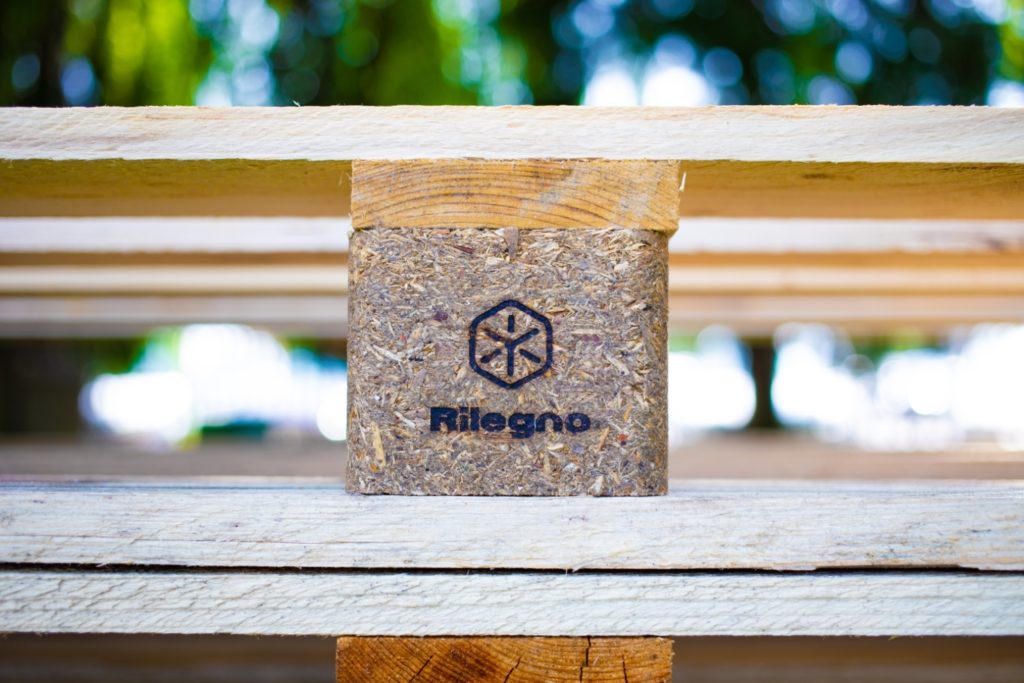Research conducted by the Politecnico di Milano, curated by professors and researchers Marika Arena, Giovanni Azzone, Lauradell'Agostino and Giulia Piantoni, and presented in May 2023, quantified the systemic advantages of the activities of the consortium, with a zoom dedicated to the impacts of the regeneration activity:
Social:
• value 4,481 of FTE - Full Time Equivalent: units of work that would not otherwise exist. (FTE allows you to convert the work of part-time, freelance, or fixed-term contract employees into a full-time equivalent)
Cheap:
• 1,319 million euros in added value, including wage-induced production (almost 390 million), from materials otherwise destined to be considered waste.
Environmental:
The LCA analysis conducted, which considered repairing a pallet with recycled agglomerated wood blocks for a total of 903,041 tons of pallets, demonstrated savings of +700,000 t of CO2 Eq (66,678 t of CO2 Eq emitted by repair activities, compared to 779,998 t of CO2 Eq emitted by a possible waste-to-energy plant).







